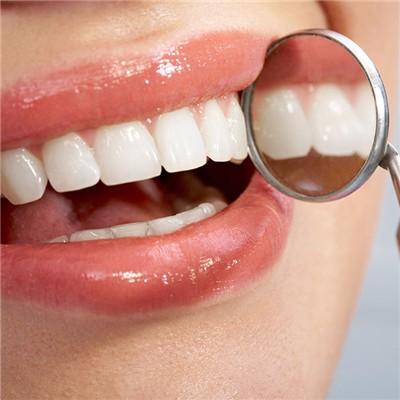Thyroid associated ophthalmopathy symptoms?
summary
Thyroid associated ophthalmopathy (hyperthyroid exophthalmos) is one of the most common orbital diseases in adults, which belongs to autoimmune diseases. Most patients may have clinical or laboratory manifestations of thyroid dysfunction, but even in the case of normal thyroid function, orbital disease may occur. Thyroid associated ophthalmopathy is a common cause of monocular or binocular protrusion. Thyroid associated ophthalmopathy symptoms? Let's talk about it
Thyroid associated ophthalmopathy symptoms?
The common symptoms include photophobia, tears, foreign body sensation, eye swelling, eyelid incompetence, diplopia and decreased vision. Bilateral or unilateral exophthalmos, eyelid hyperemia and edema, periorbital tissue full.

The upper eyelid or lower eyelid retracts and the upper eyelid falls slowly, which is called "tardy drop sign". Blink increases or decreases. The bulbar conjunctiva is congested and edematous. In severe cases, the bulbar conjunctiva is prolapsed outside the palpebral fissure, and the conjunctival blood vessels at the muscle insertion are increased. Even the thickened muscle insertion can be seen when the bulbar conjunctiva turns inward or outward.

Restrictive eye movement disorder occurs when extraocular muscles are involved. Severe exophthalmos, corneal exposure can lead to exposure keratitis, especially the lower limbus of cornea, and even endophthalmitis, endangering vision.

matters needing attention
Avoid spicy food, quit smoking, prevent eye fatigue, wear sunglasses in case of strong light, avoid emotional excitement. When sleeping, if the head is high and the eyelid fissure is not closed completely, eye ointment or wet room protection should be applied. Actively adjust the thyroid hormone level, maintain in the normal range, avoid sudden reduction or dosage of drugs.
















